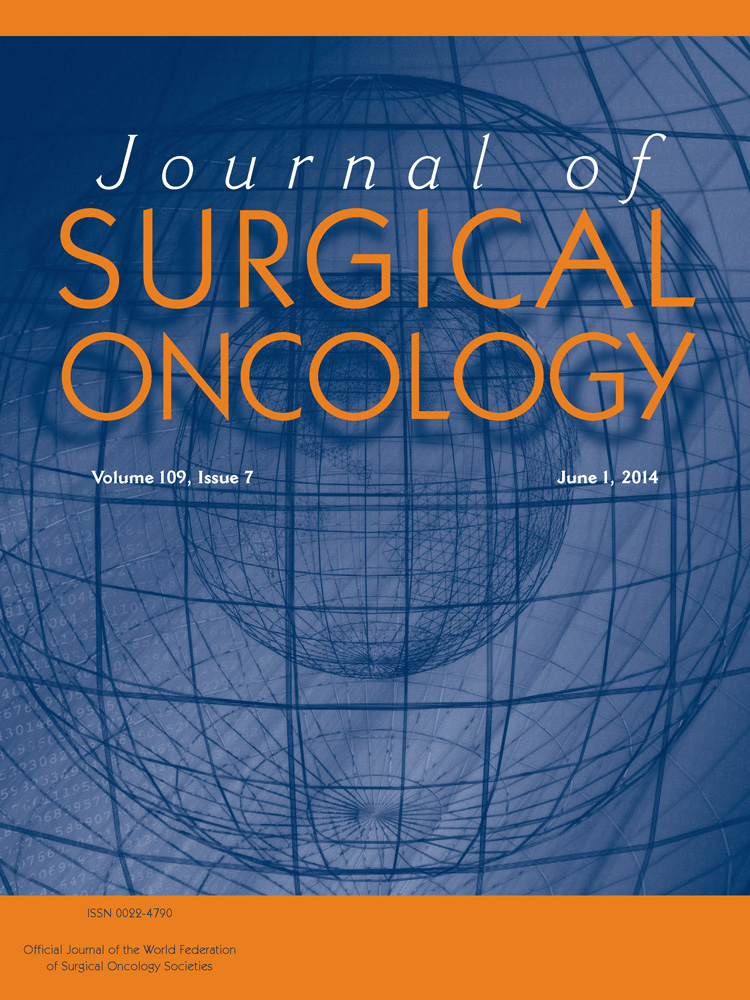Compliance with National Comprehensive Cancer Network guidelines in the use of radiation therapy for extremity and superficial trunk soft tissue sarcoma in the United States
Abstract
Background
We sought to examine adherence to National Comprehensive Cancer Network guidelines for use of radiation therapy (RT) in patients with soft tissue sarcoma (STS) in the United States.
Methods
The surveillance, epidemiology, and end results cancer registry was queried to identify patients undergoing surgery for truncal and extremity STS from 2004 to 2009.
Results
Of 5,075 patients, 50% received RT. Although routine RT is not recommended for Stage I patients, 25% still underwent RT. Even though routine RT is recommended for Stage II and III tumors, only 60% underwent RT. On multivariate analysis predictors of RT included age <50 years (OR 1.57, 95% CI 1.28–1.91), malignant fibrous histiocytoma histology (OR 1.47, 95% CI 1.3–1.92), T2 classification (OR 1.88, 95% CI 1.60–2.20), and G3 (OR 6.27, 95% CI 5.10–7.72). Patients with Stage III STS who received RT showed improved disease specific survival at 5 years compared to those who did not, 68% versus 46%, P <0.001.
Conclusions
Underuse of RT is seen for a significant proportion of patients undergoing treatment for STS in the United States. More effort needs to be directed towards compliance with appropriate treatment recommendations, perhaps by regionalizing sarcoma care or remote multidisciplinary tumor boards. J. Surg. Oncol 2014; 109:633–638. © 2014 Wiley Periodicals, Inc.




